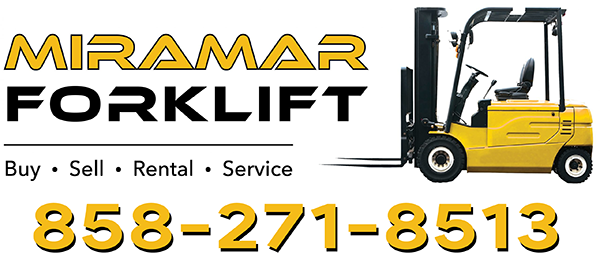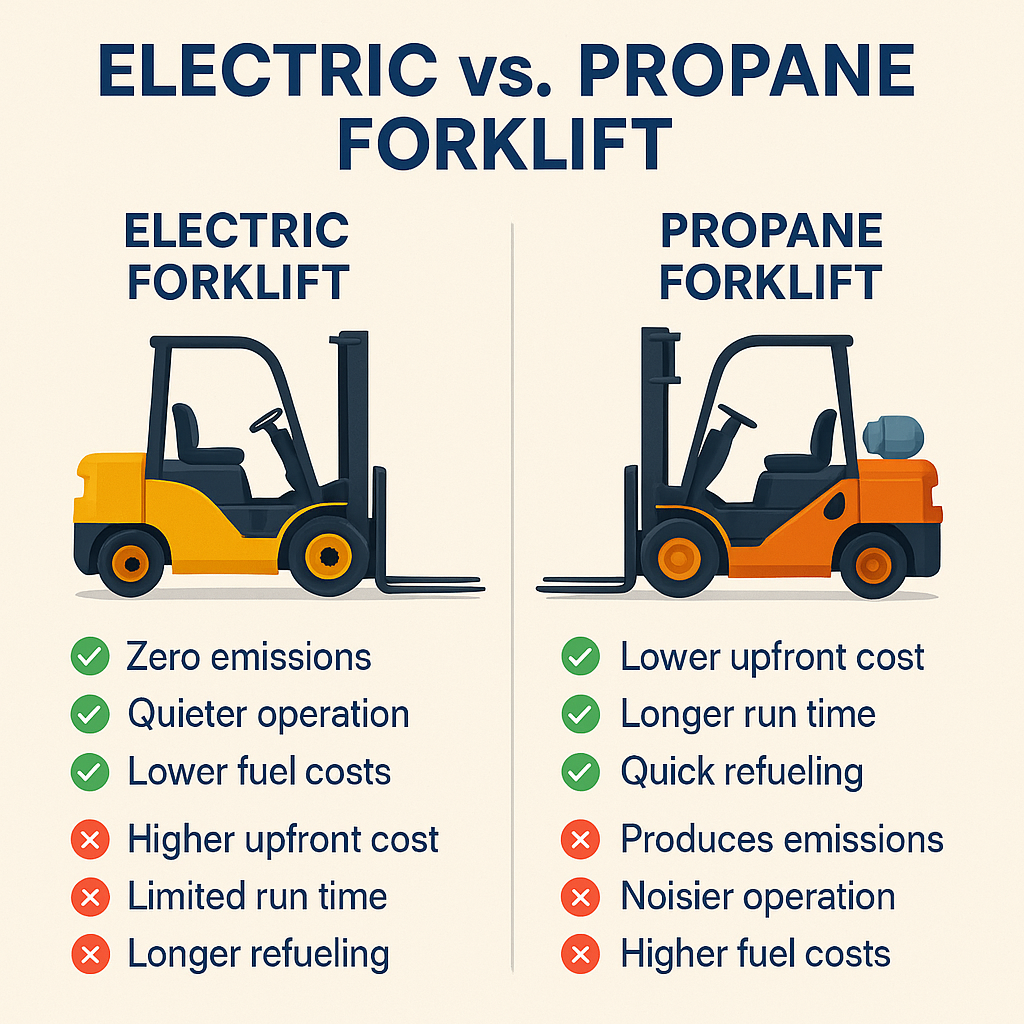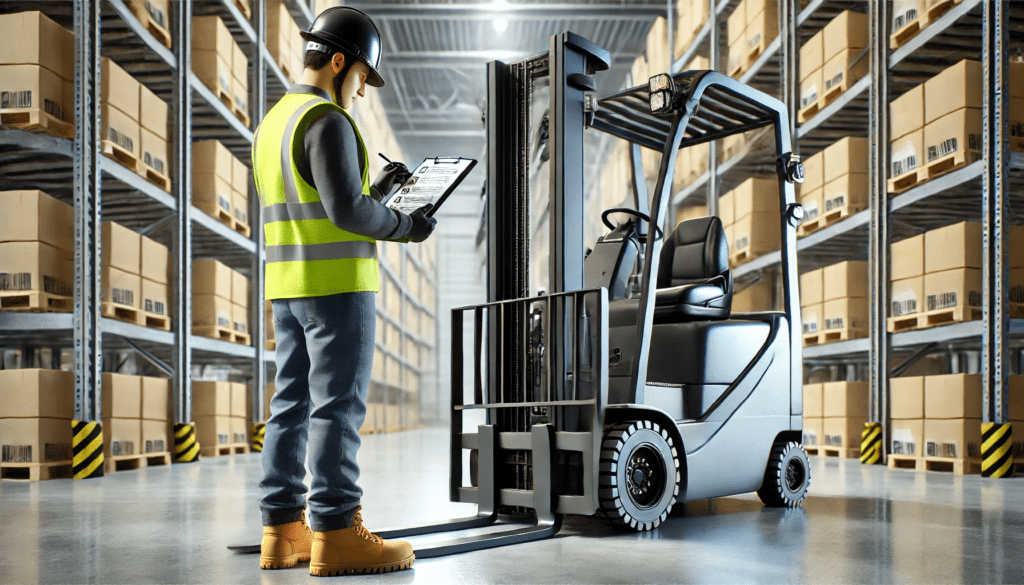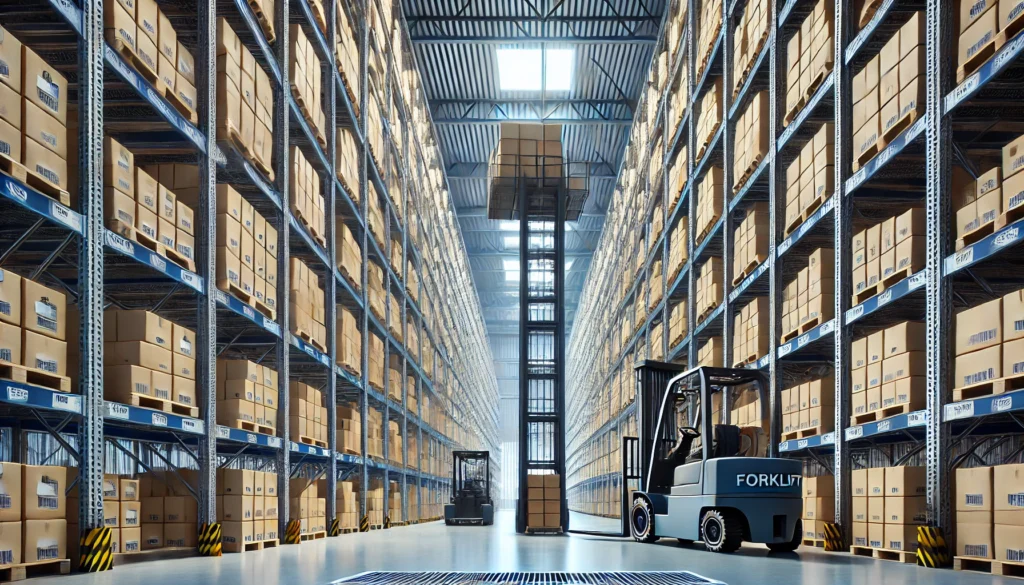Top 5 Signs Your Forklift Needs Repair (Before It Breaks Down)
Don’t wait until your forklift stops working—spot the early warning signs and keep your operations running smoothly. A forklift that’s down is more than just an inconvenience—it’s a productivity killer. Delayed shipments, frustrated crews, and costly downtime can all stem from avoidable mechanical issues. Whether you own or lease your equipment, knowing the signs of trouble can save thousands in repair bills and lost time. Here are the top five signs your forklift needs repair, straight from our certified service team. 🔧 1. Difficulty Starting the Forklift Does your forklift hesitate to start or crank slower than usual? This could point to: Pro Tip: Don’t dismiss slow starts—it’s often the first symptom of a larger mechanical failure. 🔧 2. Leaking Fluids If you spot puddles of oil, coolant, or hydraulic fluid under your forklift, it’s time for immediate service. These leaks can reduce brake performance, lead to overheating, or damage hydraulic components. Check regularly for leaks under: 🔧 3. Unusual Noises or Vibrations Forklifts are designed to run smoothly. If yours is making clunking, grinding, or squealing noises—or if you feel abnormal vibrations—it could indicate: Pro Tip: Operators often ignore subtle noise changes. Train your team to report changes early. 🔧 4. Reduced Lifting Power If your forklift hesitates or struggles to lift loads it used to handle easily, don’t push it harder. You might be dealing with: Lifting under these conditions puts your operators, loads, and equipment at serious risk. 🔧 5. Warning Lights and Error Codes Modern electric and propane forklifts come equipped with dash warning lights and diagnostic systems. If a light is blinking or you see an error code, don’t ignore it—those indicators are there for a reason. Common alerts include: 🛠️ Stay Ahead with Preventive Maintenance Catching these signs early is the key to preventing forklift downtime. Whether you’re running a single unit or a full fleet, scheduled service can extend equipment life and save you money. Ask us about our forklift maintenance plans, available for all major brands—electric, propane, diesel, and more. 📞 Need Reliable Forklift Repair Near You? We offer:✅ On-site forklift repair services✅ Emergency forklift breakdown support✅ Preventive maintenance and safety inspections✅ OEM parts for all major brands Don’t wait for a breakdown. Contact us today to schedule a service appointment or request a forklift health check.





